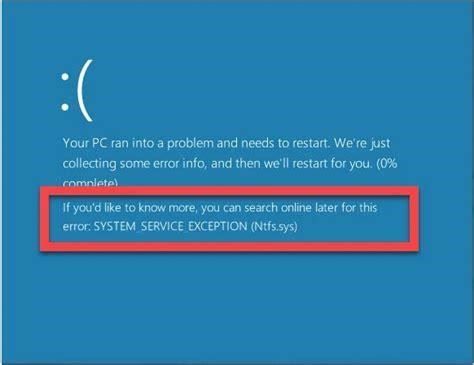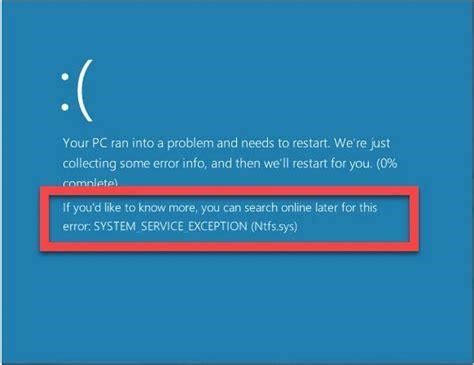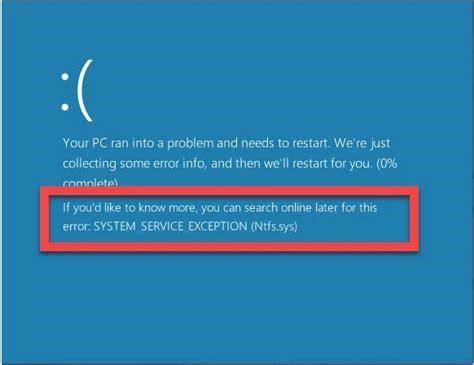Fixing the Light Grey Taskbar in Windows 10
Have you noticed your Windows 10 taskbar is stuck on an ugly light gray color instead of the sleek, modern dark theme? You’re not alone – many users run into this frustrating issue after upgrades or clean installs. Read on as we walk through several methods to get your taskbar looking dark and stylish again.
What Causes the Taskbar to Turn Light Grey?
In most cases, the shift to a light taskbar happens after a major Windows 10 update. Microsoft has a habit of resetting color and theme options during upgrades, which can leave your taskbar an eyesore.
Clean installations from bootable media are another prime culprit. When installing Windows 10 afresh, you’ll have the default light theme enabled until you manually switch to dark mode post-install.
Some users also report the taskbar losing its color after using the "reset to default" theme options. Windows tends to favor the light look by default, so resetting personalization settings reverts you back as well.
What Windows 10 problems have Microsoft fixed?
Microsoft has fixed three Windows 10 issues: Weird audio glitch, broken taskbar icons or system tray buttons and FPS or general performance issues when playing games. These issues were first reported earlier this year and temporary workarounds were offered by Microsoft.
How do I fix a corrupted system file on Windows 10?
To use SFC to repair corrupted system files on Windows 10, use these steps: Open Start. Search for Command Prompt, right-click the top result and click the Run as Administrator option. Type the following command to repair the installation and press Enter: sfc /scannow
Finally, display driver issues can rarely cause color distortions like a light taskbar. But this is uncommon – you’ll usually see wider color problems if display drivers are the culprit.
Method 1: Toggle Color Options in Personalization
The quickest way to fix a light-colored taskbar is by changing Windows 10’s default app color theme. Here are the steps:
- Open Settings (Windows key + I)
- Click on Personalization
- Select Colors on the left side
- Under Choose your color, pick Dark or Custom
- If you picked Custom, choose Light or Dark for your default app mode
- Check the box for Show accent color on Start, taskbar, and action center
- Click Apply to save changes
This forces your system to use darker colors for all interface elements, including the taskbar. It should now display a dark grey or black look.
If the taskbar color customization options are greyed out here, switch to Dark under Choose your mode first. Windows blocks you from setting dark taskbar colors while in Light mode.
Method 2: Switch to Dark Theme in Settings
Alternatively, you can set your overall Windows theme to dark via Settings:
Why do Windows 10 updates fail to install?
The updates may fail to install, though, requiring a system restore. Tip: if you’re hitting 100% CPU usage due to gaming or other apps, it is an easy fix. The 0x80070422 bug is one of the oldest update errors in Windows, and it can still affect some Windows 10 devices while installing updates.
How to fix Troubleshooters not working on Windows 11/10 PCs?
This is how you can fix troubleshooters not working on Windows 11/10 PCs. 1. Scan and Repair System Files Some users have said the system file and image repair tools helped them fix Windows 11/10 troubleshooting tools not working. System File Checker is the command-line tool for repairing system file corruptions.
How do I fix Windows 10 performance problems?
If you still have problems, use the Start Menu to search for ‘performance’, run Adjust the appearance and performance of Windows, click the Data Execution Prevention tab and turn DEP on for all programs and services, then reboot and try again. 2. Can’t upgrade to the latest Windows 10 version
- Open Settings and select Personalization
- Click on Colors on the left again
- Under Choose your mode, select Dark instead of Light
- Check the box for Show accent color on Start, taskbar, and action center
- Click Apply to enable dark theme
This follows the same overall concept as method 1, but changes your Windows-wide theme instead of default app coloring. Either way, enabling dark mode fixes the light taskbar.
Method 3: Modify Registry Color Settings
Experienced users can fine-tune Windows’ accent colors at a low level by editing the registry. Here’s how:
- Type "regedit" into the taskbar search box and hit Enter
- Navigate to HKEY_CURRENT_USER\Software\Microsoft\Windows\DWM
- Find the "ColorPrevalence" DWORD value on the right side
- Double-click it and set the Value Data to 1
- Click OK to save the change
This registry edit forces Windows to prioritize your chosen accent color over any default theme colors. Set it to 1 to enable darker hues.
To be safe, back up your registry before making edits. But this should resolve a light taskbar by pushing your customized dark colors to all elements, including the taskbar.
How to fix slow startup in Windows 11/windows 10?
Microsoft has added the Hybrid Startup and Shutdown in Windows 10/11 and this feature puts your computer into a hibernation state and improves startup and shutdown process. So, in order to fix the issue Windows 11/Windows 10 very slow startup, try enabling Fast Startup. Now, here is the tutorial. 1. Open Control Panel. 2.
Why is my computer not working on Windows 10?
This issue with Windows 10 may occur due to corrupted system files or some software conflicts. We recommend that you check this article as a guide on how to troubleshoot performance issues in Windows 10.
Method 4: Check Ease of Access Color Filters
Finally, a light-colored taskbar may indicate an enabled color filter under Ease of Access settings. To check:
- Go back into Settings and select Ease of Access
- Click Color Filters on the left side
- Turn off the toggle for Turn on color filters if it’s enabled
- Disable any other color filters here as well
Ease of Access color effects can override your theme colors, resulting in a pale taskbar. Disabling filters generally resolves this.
Preventing Taskbar Color Issues in the Future
Once you’ve successfully reverted to a darker taskbar, you probably want to prevent random color changes in the future. Here are some tips:
- Avoid resetting personalization settings to defaults
- Manually back up theme files before major Windows updates
- Re-check color settings after upgrades or clean installs
- Create a system restore point before making changes
- Use a registry backup tool like ERUNT before editing the registry
Catching color issues quickly can prevent the light taskbar from becoming a permanent annoyance down the road.
Customize Your Windows 10 Taskbar
Beyond choosing the right color, you can customize the Windows taskbar in all sorts of helpful ways. For example:
How to fix Windows 10 taskbar problem?
Right click on the Windows Explorer and choose Restart from the context menu. Since no advanced technology or rich experience is needed, this is considered to be one of the simplest methods for fixing Windows 10 taskbar issue. Likewise, you may choose to restart the operating system to try to fix the problem.
Why is Windows 10 not working?
Moreover, it has a dependence on Internet Information Services (IIS), which is preventing some users from using their default browsers to access the Internet. Failures can occur for various reasons, including issues with the registry, Windows filesystem errors, and Windows update service problems.
Why is my Windows 10 taskbar frozen?
When you are running Windows 10, you may also encounter some problems, for instance, Windows 10 taskbar completely frozen. Under such circumstances, data may easily get lost if you use unsafe methods to try to fix the issue, or if you make mistakes during the problem repair process.
How to fix Windows 10 taskbar not working?
If the problem with the taskbar is not so critical, this method should do the job for you. You won’t need to play or manipulate with other system settings. Here’s what you need to do:1. Press Windows Key + R combination on your keyboard to launch Run prompt. Enter taskmgr.exe and hit Enter to open Task Manager. 2.
- Pin your most-used apps for easy access
- Organize apps into labeled groups
- Adjust size, combine buttons, and reposition
- Add a time display, search box, or other widgets
- Automatically hide the taskbar when not in use
- Use a third-party utility for more customization options
Take some time to tweak the taskbar to your liking. It’s one of the most prominent interfaces elements in Windows 10.
Troubleshoot Other Windows 10 Issues
An oddly colored taskbar is only one of many problems that can pop up in Windows 10. Some other common issues include:
- Display driver crashes
- Sound not working
- Slow boot times
- Freezing and lockups
- The dreaded blue screen of death
- Auto-update failures
- Network connection problems
Our website offers 100+ articles to help diagnose and fix all kinds of Windows issues. Be sure to bookmark and visit us again for tech troubleshooting tutorials, news, and tips.
We hope this quick guide helped you banish the light grey taskbar. Let us know if you run into any other Windows problems – our experts are standing by to help!




